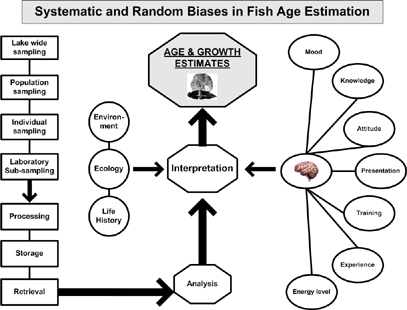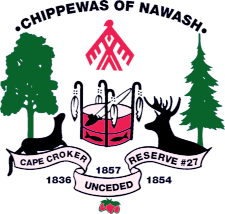Quality Control
Quality assurance in the field of fish age estimation is too often measured by the industry standard or the ‘experts opinion’ and unfortunately accuracy of estimates is falsely based on analyst experience (in years) rather than on scientifically justifiable validation techniques. Quality Assurance is an adaptive and cyclical process that, when applied to the analysis of calcified fish growth structures, depends on four basic principles:
1. standardization: scientifically rigorous, yet adaptive, methodologies built on a thorough review of the available literature, a strong knowledge of industry and academic standards, proven effectiveness, and advances in the field;
2. training and education: through workshops, conferences, computer media, establishment of reference collections and open lines of communication between related fields in association with periodic evaluation and analysis of precision to minimize both inter- and intra-analyst biases;
3. validation: a clear set of guidelines to validate accuracy that can account for procedural biases as well as methodological biases, and finally;
4. review and revision: of methodologies based on evaluation and learning for the continuous improvement of quality.

